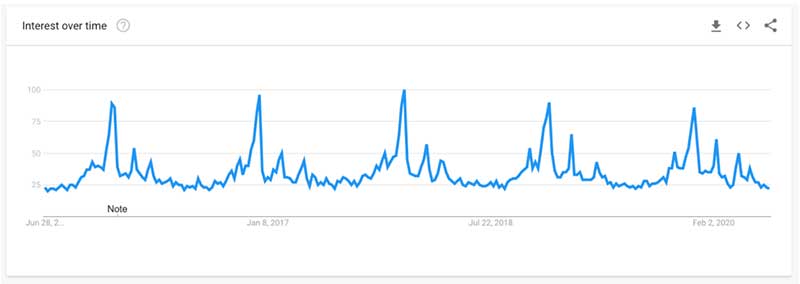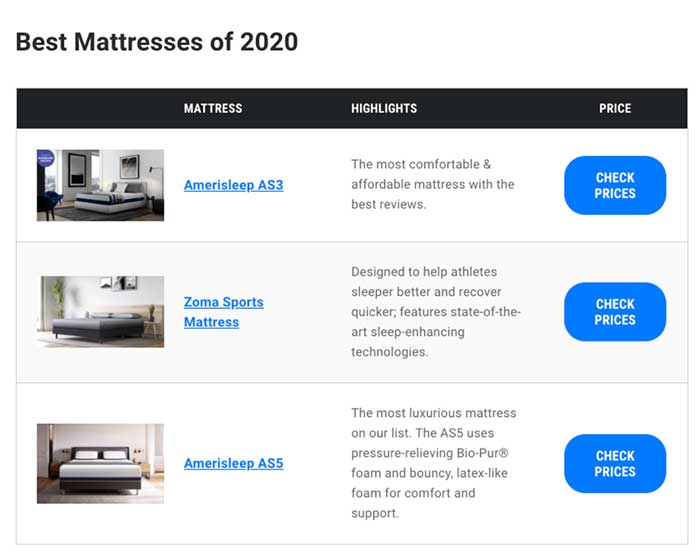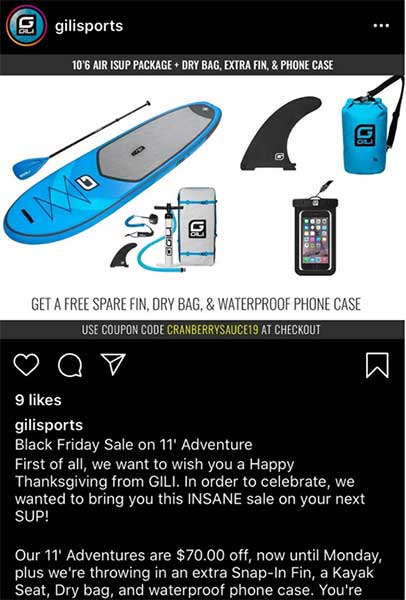- Learning Center
- Small Business Blog
- Business Marketing
- How to Create a Seasonal Marketing Campaign
Your business is likely already investing in marketing campaigns to promote your products and services. But don’t ignore seasonal marketing campaigns — the process of creating promotional campaigns for your products or services for special holidays throughout the year.
Holiday seasons like Thanksgiving and Christmas present massive opportunities for businesses. Consumers come out in droves during these times to take advantage of new deals and shop for their loved ones.
Creating a seasonal marketing campaign allows you to capture more sales during this lucrative period. Here we’ll look at how to create a seasonal marketing campaign for your small business.
Determine The Basics
Marketing goals are a pivotal part of any marketing strategy. Not setting goals makes it impossible to know whether you’re on the right track.
Use SMART goal setting — Specific, Measurable, Attainable, Relevant, Timely — to help you set goals. Once you know your objectives, you can use that to plan your marketing strategy accordingly.
Next, identify your target audience and research their pain points. How does your product or service address their specific needs? Create a buyer persona to help you tailor your messaging and create a more powerful value proposition.
There are many marketing channels you can use to reach your customers. Adam from Loganix says, “Marketing your business with channels like PPC and social media ads is a great way to capture more sales. But it’s important to focus on the right digital outlets and not spread yourself too thin.”
Pick a Season
Sales fluctuate throughout the year for many businesses. However, some holidays in particular bring in more customers than usual. For example, many online retailers generate most of their sales on Black Friday, while flower shops tend to see more sales on Valentine’s day.
Look through your website traffic and sales data to identify which seasons are the most profitable for your business. You can also type in different search queries into Google Trends to see interest over time.
Here’s an example for the term “chocolate candy” which sees a spike in search around Christmas:

Once you’ve identified the most profitable season for your business, start planning your campaigns at least a few months in advance.
If you sell products on Amazon, be mindful of any holiday restrictions. Last year, they set restrictions that required sellers to meet certain requirements before they could sell during the holidays.
Amazon offers a great platform to sell your products. But having to manually set prices for each one can be extremely time-consuming. Consider using an Amazon repricer to automatically set prices for your products and drive a higher ROI for your business.
Create Seasonal Content
Evergreen content is the kind of content that stays relevant year round — they provide valuable information today and months from now. This buyer’s guide of the best mattresses from SleepJunkie is an example of evergreen content:

In contrast, seasonal content is specific to a certain season. An appetizing Thanksgiving recipe would be wildly popular in November, but likely wouldn’t generate much interest in other months.
Create content around the season you picked in the previous step. Use tools like Google Keyword Planner to identify holiday themed keywords you can optimize for. Include your target keywords in your page title as well as throughout your content. SEO is a process that can take weeks or even months, so the earlier you start optimizing the better.
Social media networks like Facebook and Instagram boast massive user bases. You simply can’t afford to ignore these platforms during the holidays as they offer one of the most effective ways to market your products. Include seasonal messaging in your posts to make it relevant.
Gilisports made the following post on their Instagram profile for their inflatable paddle boards and included a special Thanksgiving offer to entice shoppers:

Research your competitors for seasonal content ideas to inspire your own campaigns.
Video is also central to any marketing strategy. 66% of consumers prefer watching videos over reading about a product or just seeing images — shopping online means you can’t physically hold a product in your hand. So consumers turn to video to inform their purchasing decisions.
That’s why it’s more important than ever to invest in creating custom product videos for your SKUs, like this:

Not only are videos great for demonstrating products, they are fantastic seasonal and holiday campaigns that you can use year after year.
For example, you could create a short clip that highlights some upcoming specials you’ll have during the week of Christmas, or use a tool like Write-on Video to create a short video documentary displaying your products.
Adapt to Challenges
Seasonal marketing is nothing if not adaptable. This statement is especially true this year, amidst the COVID-19 pandemic.
Apart from checking your stats and creating relevant holiday content, you need to adapt your message to reflect your brand's concerns and efforts that have to do with today's reality: staying at home and social distancing.
Of course, this doesn't mean that you need to give up your tone - especially if it's more fun and youthful. All you need to do is showcase how your brand adapts to the challenges, with "behind the scenes" tidbits of your employees working from home or keeping a safe distance while working in-store, baked into your email newsletters or ad copy and visuals.
Create some buzz around your name with live videos that will engage your audience and build your brand on all social media platforms. Use this marketing tool to show how you respond to this crisis. Urge your audience to practice what you preach and use that content in your seasonal campaigns as well.
That way, when a prospect sees your ad, they'll know your stance, views, and actions during difficult times, and it will be easier for them to relate to your values.
The Takeaway
Your business may experience a surge in sales during certain seasons or holidays. Studying these patterns and researching your target audience can help you capture more sales. Follow the strategies outlined here to kickstart your seasonal marketing campaign.
About the Author
Virginia Zacharaki is the Marketing Communications Associate of Moosend, a highly competitive Email Marketing and Marketing Automation platform. Passionate about knowledge, art, teaching, and creating. She tends to live as a ballerina bookworm.





